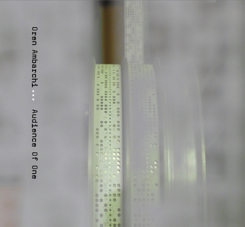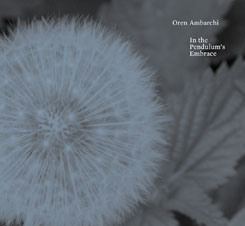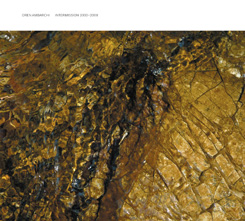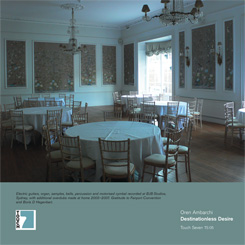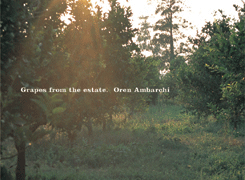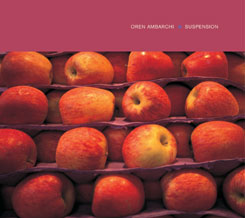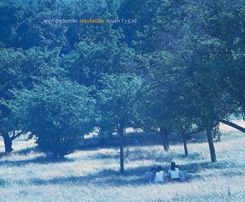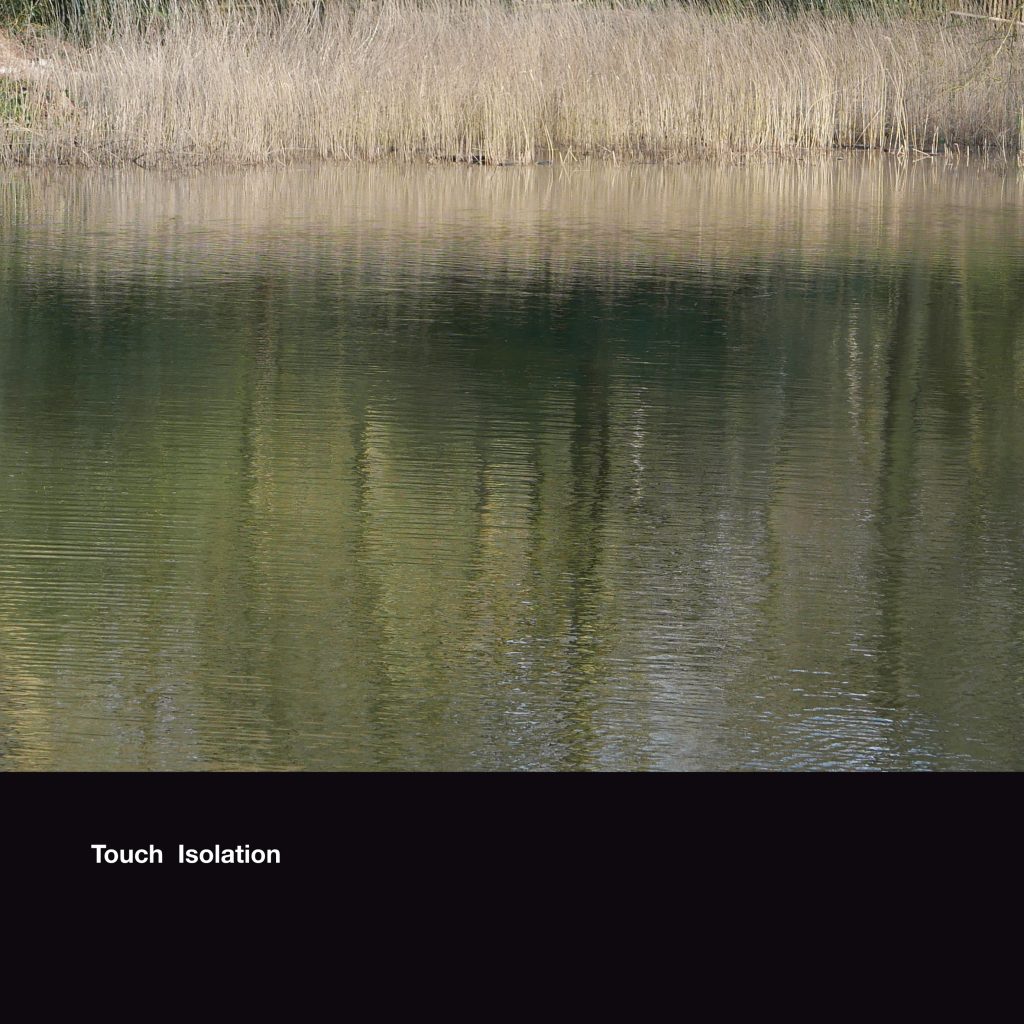
20+ new and exclusive tracks recorded by Touch artists. A photographic counterpoint,
the view from Hampstead Heath during the London lockdown. Touch: Isolation is a subscription project that will evolve over the coming weeks. Click here to subscribe.
A time to support independent music while it still exists!
“Please keep your distance, the trail leads from here…”
The cancellation of gigs and festivals has already severely impacted our artists creatively and financially. In addition it has denied you, our audience, the opportunity to see them play and support them. The notion of ‘independent music’ might, in effect, be pushed deeper into the self-isolation mode it is already struggling to break free from. We don’t need studios to the same extent, but we do need a stage, a physical reference and if not, a mental space with which to question the drive to online existence.
We set out to respond to these challenging times in a creative and helpful way. The idea is to present Touch: Isolation whereby a new exclusive track from one of our artists, each with a bespoke photograph/cover image, is presented on a regular basis over the coming weeks. All the income received is collected from your subscriptions and put in a kitty, the proceeds of which are then divided up between the contributing artists.
These new and exclusive interventions will include works by Oren Ambarchi, Richard Chartier, ELEH, farmersmanual, Fennesz, fennesz sakamoto, Bana Haffar, Howlround, Philip Jeck, Bethan Kellough, Daniel Menche, Anthony Moore, Yann Novak, Zachary Paul, Claire M Singer, Geneva Skeen, UnicaZürn, Mark Van Hoen, CM von Hausswolff, Chris Watson, Jana Winderen and others to be confirmed – all expertly mastered by Denis Blackham.
We invite you to take this unique opportunity to support the artists, without whom there would be no alternative to corporate art… support the industries which realise the artists’ creation – the uncredited producers, designers, software developers, distributors, vinyl cutters, mastering engineers, friends and family etc., who all symbiotically depend on the other to bring their works to fruition…
———
The subscription costs £20 for 20 (or more) tracks – please support the artists by investing in the Touch: Isolation project, and expect surprises – good ones for a change.
———
Social distancing. Actual space. If you can get out, you have to get out. Escape velocity – from Brexit, then somehow prevent institutional meltdown? The UK shows the way, in a method that beggars belief.
The photographs were taken on Hampstead Heath during the early days of the UK/London lockdown, 25 March 2020, primarily in West Heath and the area around Golders Hill whose open space minimises the problems of social distancing. The weather, being superb after weeks of high winds and heavy rain, seemed a metaphor for regeneration and recovery, with the trees coming into bloom – in defiance of the scene we witnessed 33 years earlier after the Great Storm of October 1987 when, in the days that followed, the Heath looked like an arboreal graveyard.
The objective is to find a sense of quiet celebration, to look at the balance between the detail and the scaling force of open spaces. Let’s hope they can remain open.
To make 20 (or more) record covers in less than a week for sound and music we had yet to hear, and to then match the photography to each artist’s contribution… If this seems somewhat in the style of the children’s game, ‘Pin the tail on the donkey’, then perhaps that’s more apt than pretending we know how everything fits together at this juncture.
This might also be seen an opportunity to give an early documentation to the mental state of 2020, remembering the year 2000 and the threat of the ‘millennium bug’, this may well become known as the year when x melted into y, to avoid z.
Roughly a dozen years ago, life went broadband. Today we see our reliance on digital systems like never before.
———
‘As a dwindling member of the generation that lived through and served in the Second World War I think in some ways this is much worse. It was possible to live in a country area and apart from rationing see little of the war. Bombing was spasmodic and haphazard, and our defences were really good. After a year, there was very little chance of an invasion and much of life – sport, theatres and radio, continued as before. Restaurants and hotels remained largely open, rationed according to turnover.’ David John Harding, b. 1925.
Further reading:
furtherdot blog
igloo magazine
ambient blog
Broadcasting House, BBC Radio 4
Xenographica




































